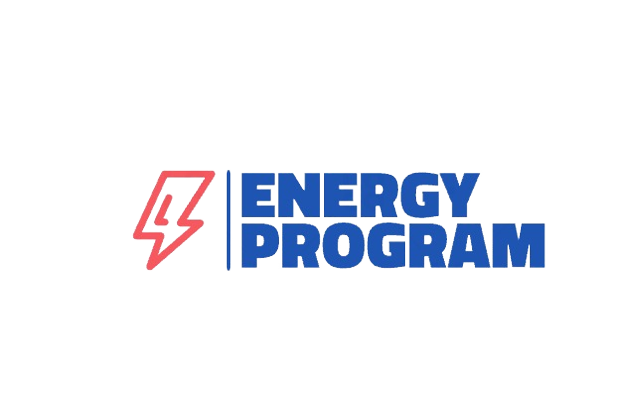Victoria's commitment to reducing greenhouse gas emissions and promoting energy efficiency is embodied in the Victorian Energy Upgrades (VEU) program. A key component of this program is the issuance of Victorian Energy Efficiency Certificates (VEECs), which serve as a reward for implementing energy-efficient upgrades. Notably, participants in regional Victoria often receive more VEECs compared to their metropolitan counterparts. This blog explores the reasons behind this incentive structure and its implications for residents and businesses in regional Victoria.

Understanding VEECs and the VEU Program
The VEU program aims to reduce greenhouse gas emissions by encouraging Victorian households and businesses to implement energy-efficient practices. Participants earn VEECs based on the type and scale of energy-saving activities they undertake. These certificates can then be sold to energy retailers, who are mandated to meet annual targets by purchasing VEECs, creating a market-driven approach to energy efficiency.
Why Regional Victoria Gets More VEECs
1. Higher Energy Savings Potential
Regional Victoria often has a higher potential for energy savings compared to urban areas. Older buildings, less efficient appliances, and heating and cooling systems are more prevalent in these areas. Upgrading these systems can lead to substantial energy savings, which translates into a higher number of VEECs. The program incentivizes these upgrades more heavily to maximize the environmental and economic benefits.
2. Lower Population Density
The lower population density in regional areas means that individual upgrades can have a more significant impact on the local energy grid. By providing more VEECs for these upgrades, the VEU program ensures that the energy savings are sufficient to make a noticeable difference. This approach helps balance the energy efficiency efforts across the state, ensuring that both urban and rural areas contribute to Victoria’s overall energy reduction goals.
3. Encouraging Participation in Underserved Areas
To achieve a broad and equitable reach, the VEU program provides additional incentives to regional participants. Historically, regional areas might be less served by energy efficiency programs due to logistical challenges and higher costs of implementation. By offering more VEECs, the program encourages service providers and residents in these areas to participate, ensuring that the benefits of energy efficiency are widely distributed.
4. Logistical and Operational Challenges
Implementing energy efficiency upgrades in regional Victoria often involves higher logistical and operational costs. Travel distances are greater, and the availability of specialized services and products can be limited. To offset these challenges, the program awards more VEECs to regional participants, making the projects more economically viable for both service providers and customers.
5. Cold Zones and Gas Reductions
Regional Victoria encompasses many colder climate zones, where energy usage for heating is significantly higher. Upgrading to energy-efficient heating systems, improving insulation, and reducing reliance on gas heating can lead to substantial reductions in energy consumption and greenhouse gas emissions. The VEU program recognizes this potential and offers more VEECs for such upgrades to encourage participation. By promoting gas reductions and enhancing heating efficiency, the program targets one of the largest sources of energy use in these areas, making a substantial impact on both energy bills and environmental outcomes.
6. Policy and Economic Considerations
The Victorian government recognizes the unique challenges and opportunities in regional areas. By structuring the VEECs system to provide greater rewards for regional upgrades, the government supports local economies, creates jobs, and drives investment in these communities. This approach aligns with broader policy goals of regional development and sustainability.
Benefits for Regional Victoria
Economic Incentives
Increased VEECs translate into greater financial incentives for households and businesses to undertake energy-efficient upgrades. This not only reduces energy bills but also provides an additional income stream through the sale of VEECs.
Environmental Impact
By promoting energy efficiency in regional areas, the program helps reduce overall greenhouse gas emissions. This contributes to Victoria’s environmental goals and helps mitigate the effects of climate change, which can disproportionately impact rural communities.
Improved Quality of Life
Energy-efficient upgrades often lead to improved living conditions. Better insulation, modern heating and cooling systems, and efficient appliances can enhance comfort and health, particularly in areas with extreme weather conditions.
Conclusion
The VEU program's strategy of awarding more VEECs to regional Victoria is a thoughtful and effective approach to promoting energy efficiency across the state. By recognising the unique challenges and opportunities in these areas, the program ensures that all Victorians can contribute to and benefit from the state’s energy efficiency goals. Whether you are a resident or a business owner in regional Victoria, taking advantage of these incentives can lead to significant economic and environmental benefits, making it a win-win for everyone involved.
